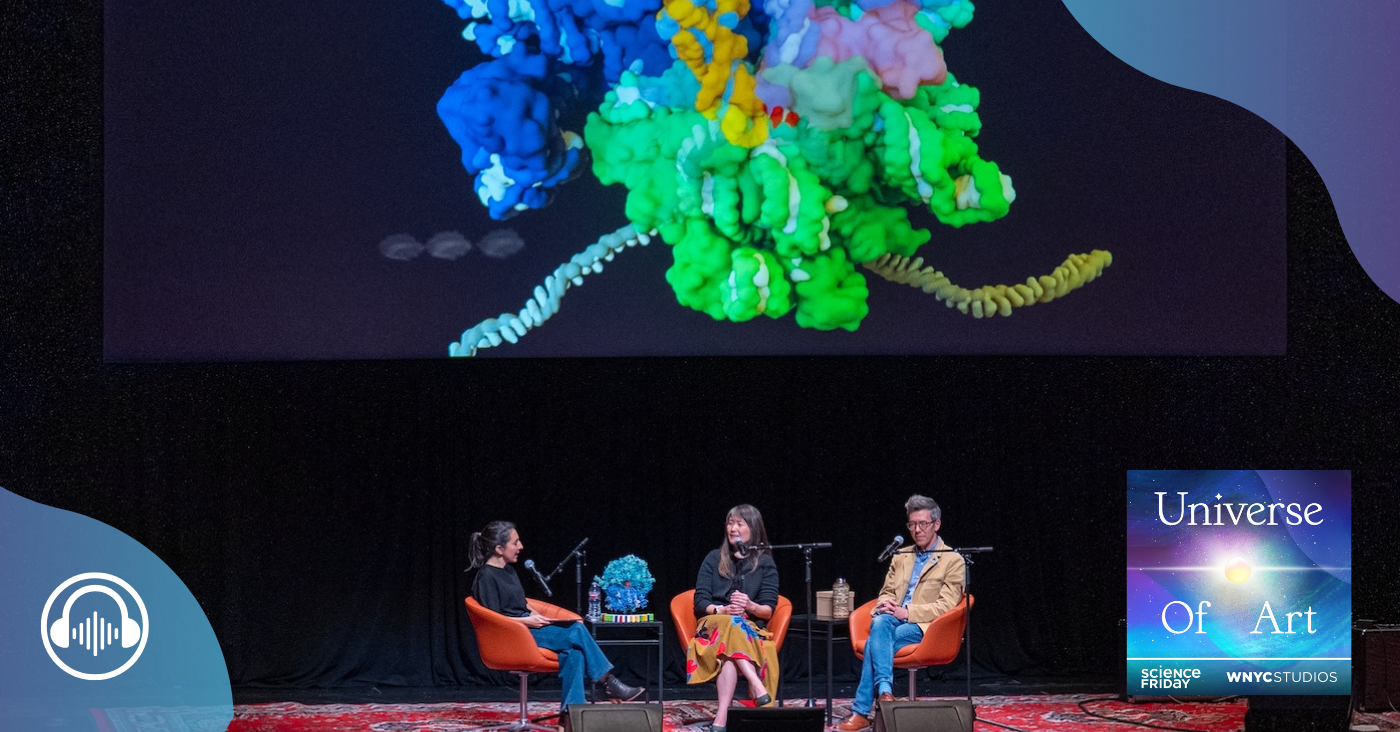
Scientific discoveries often reside in academic journals and complex datasets, but a growing number of artists and designers are translating these findings into vivid, accessible visual stories. From cell animations to immersive museum exhibits, these visual experiences aim to bridge the gap between scientific research and public understanding.
Cell animator Janet Iwasa exemplifies this blend of art and science. With a background in molecular biology and animation, Iwasa creates detailed visualizations that reflect current scientific understanding. Her animations are based on peer-reviewed data and often created in collaboration with researchers, offering an accurate yet engaging depiction of processes like protein folding or cellular interactions. Iwasa believes that visual storytelling can not only aid in teaching but also in advancing research by helping scientists visualize hypotheses.
Meanwhile, museum designer Peter Quinn brings scientific concepts into the physical world. His work focuses on crafting interactive exhibits that translate abstract ideas—such as climate change or the origins of the universe—into tangible, emotionally resonant experiences. By combining sound design, lighting, spatial layout, and interactivity, Quinn turns museum spaces into environments that invite exploration and reflection.
Both Iwasa and Quinn emphasize the importance of emotional engagement in science communication. While factual accuracy remains paramount, their work shows that effective storytelling and design can inspire curiosity, enhance understanding, and make complex science feel personal and approachable.
As the intersection between science and art continues to grow, their contributions highlight the crucial role of visual experience in shaping how science is shared with the world. Through collaboration and creativity, they are helping to ensure that scientific knowledge is not only accurate but also accessible and memorable for audiences of all backgrounds.
Source: https:// – Courtesy of the original publisher.






